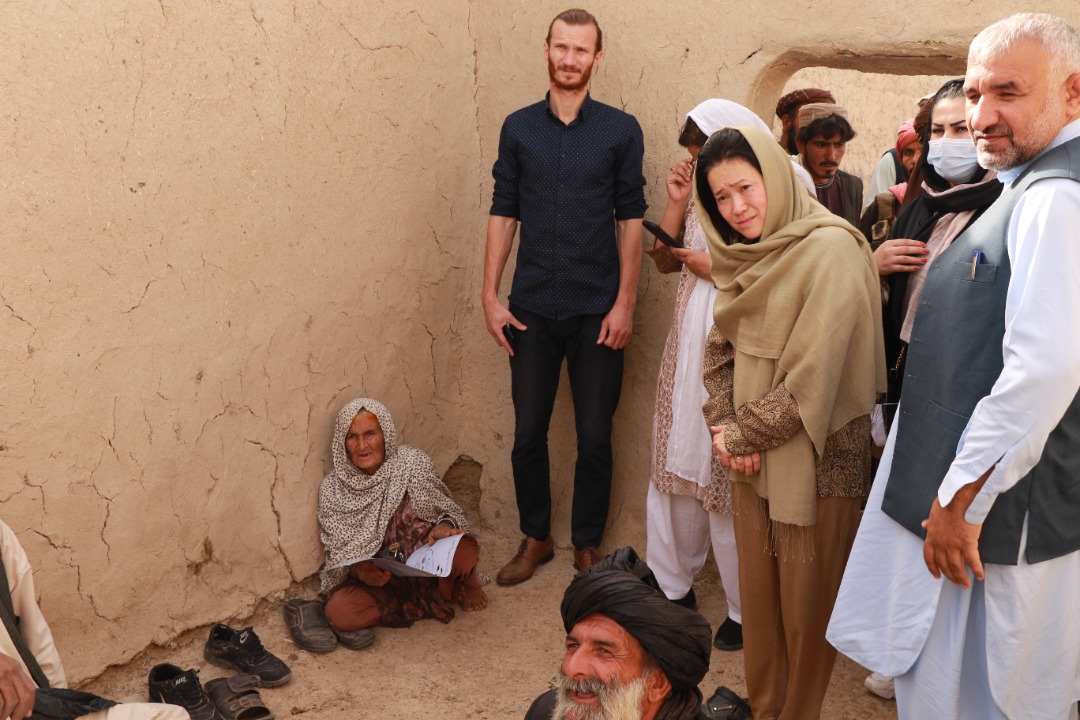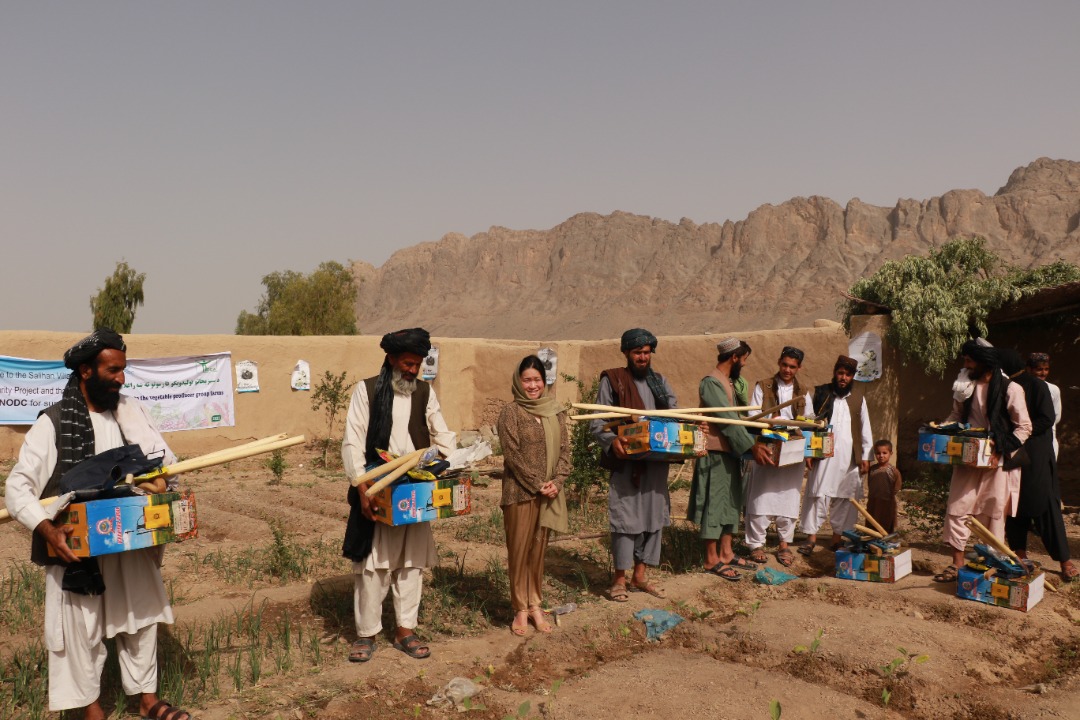Address:
- Street # 5 of Syloo, House # 152-153, District 3, Kabul, Afghanistan
- info.afg@dca-af.org
- Sun - Thu: 8.00 AM to 4.00 PM


Replacing illicit agriculture with alternative livelihood development is the top priority in a country like Afghanistan. DCA achieved impressive outcomes and impacts in its boosting alternative livelihoods project implemented in 6 provinces of central Afghanistan and funded by UNODC from 2017 to 2020. Some of these achievements include a better well-being, economic development, increment of income by 30-40%, job creation through local entrepreneurship and market linkages. Above all, the project is able to reduce illicit agriculture and replace it with alternative livelihoods such as poultry and dairy value chains, feed banks, promotion of artificial insemination (AI), kitchen gardening and awareness to prevent the spread of COVID-19. A turning point in relation to cross-cutting themes such as gender balance was established through training of 38 female animal health workers, several extension officers and women beneficiaries.
In the belief of continuing such a partnership, DCA and UNODC developed a food security and alternative livelihoods project to address the humanitarian context which is already at stake. For the new project, 6 districts of Kandahar province were selected. Prior to starting the project, DCA conducted a rapid assessment to understand the context.
The focus of the project is to reduce poppy production and trade in Kandahar province through food security and alternative livelihoods opportunities. The project aims “to boost food security, improve livelihoods, increase income, and create jobs for 2,050 vulnerable households through engagement in licit agriculture, and value chain development in 6 districts of Kandahar Province”. This initiative contributes to two of the three strategic priorities that guide the UN’s engagement in Afghanistan – ii) sustain essential services and iii) preserve social investments and community-level systems essential to meet basic human needs.
The project has 3 outcomes which would be achieved at the end of the project:
1: Food security and alternative livelihoods of 500 vulnerable households enhanced through protection and improvement of cereal crops and rehabilitation of water canals/reservoirs.
2: Improved access to jobs of 1,550 households and value addition to local products, high value crops, poultry, sheep/goats, and livestock feed.
3: Local systems and institutions are enabled to provide appropriate services to people that are engaged in licit agriculture and value chains.
Specifically, the project addresses the critical challenges faced by the communities through:
> Maintaining the Cereal Crop Production (specifically Wheat and Maize)
> Improving high value crops (Saffron and vegetable production)
> Enhancing animal husbandry and fodder crop production (treatment and vaccination of livestock, extension, fodder seeds, and feed distribution)
> Sustaining backyard poultry farming for self-employment and empowerment of 150 rural women.
> Supporting and rehabilitating irrigation infrastructure.
> Linkage and support of agricultural associations.
